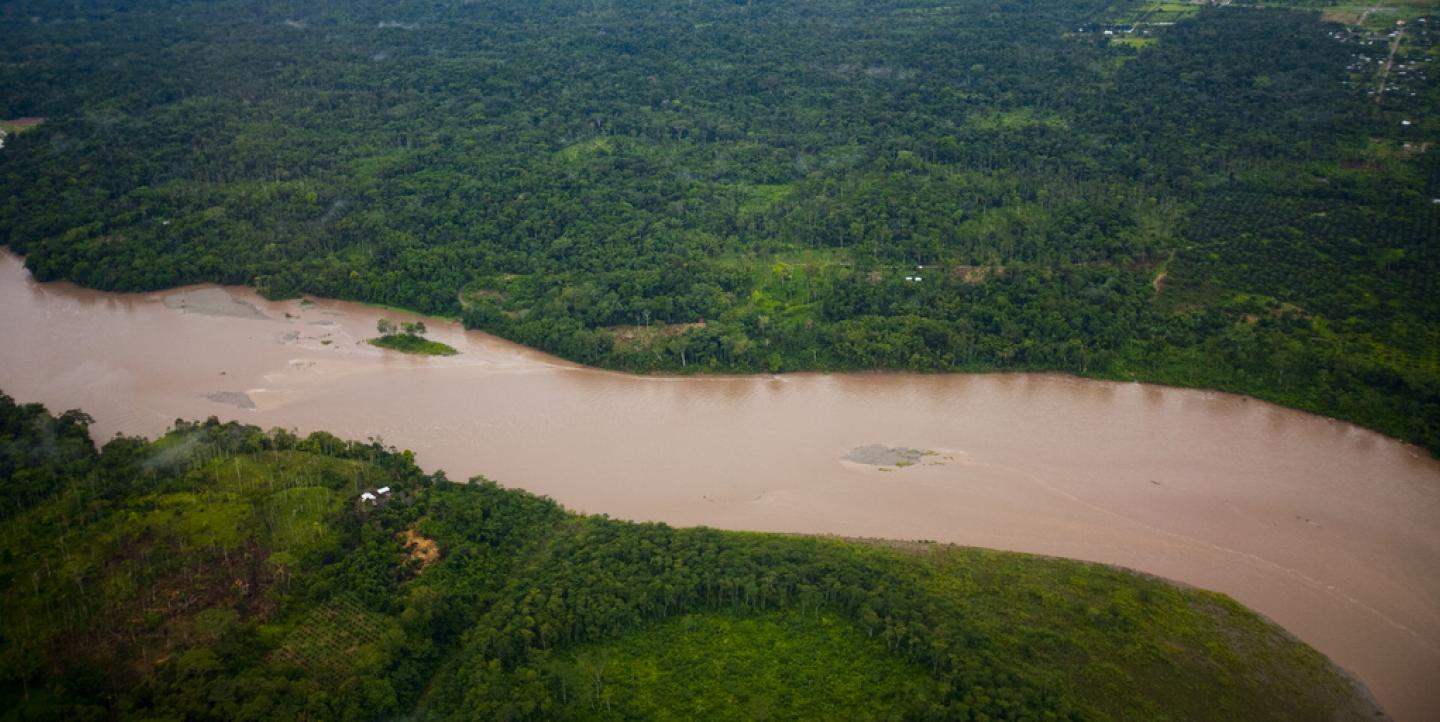Rapid urbanization in Brazil’s Amazon region may be contaminating the water supply, but authorities say they lack the hard evidence they would need to take action, according to environmental data journalist Gustavo Faleiros.
The environmental news site Faleiros founded, InfoAmazonia, which monitors and maps threats to the nine-country Amazon region, has a proposal to fix that: It will give water-quality sensors to people living in the affected areas. A simple test will reveal whether or not their water is drinkable. The sensors will send that data back to InfoAmazonia, and it will appear on a map of the region. Residents can also sign up to receive text messages that will tell them if it’s safe to drink the water in their neighborhood.
The project is one of ten finalists in the Google Global Social Impact Challenge in Brazil, the first held in the country. Google will choose three winners to receive a grant of one million reals (US$450,000) to bring to life their projects, which use technology to tackle issues like health, education and environment. The public will choose a fourth winner by voting online, here.
You can watch InfoAmazonia and the other finalists present their ideas in video form, here, and vote for your favorite. Here is InfoAmazonia's video entry:
The finalists will also present the projects to Google jurors May 8 in São Paulo.
Faleiros founded InfoAmazonia as part of his ICFJ Knight International Journalism Fellowship. The site is produced by Brazilian environmental news agency O Eco with support from ICFJ and Internews.
If InfoAmazonia wins, it will distribute 85 sensors in the cities of Manaus, Belém, Rio Branco and Porto Velho, where 4.2 million people live. InfoAmazonia will build the devices following the models of Public Lab’s water-quality test kits. The hardware includes the Arduino board, which acts as small, inexpensive computer and can connect to Wifi, 3G or GSM networks.
Photo courtesy of Flickr user Rainforest Action Network under a Creative Commons license.


